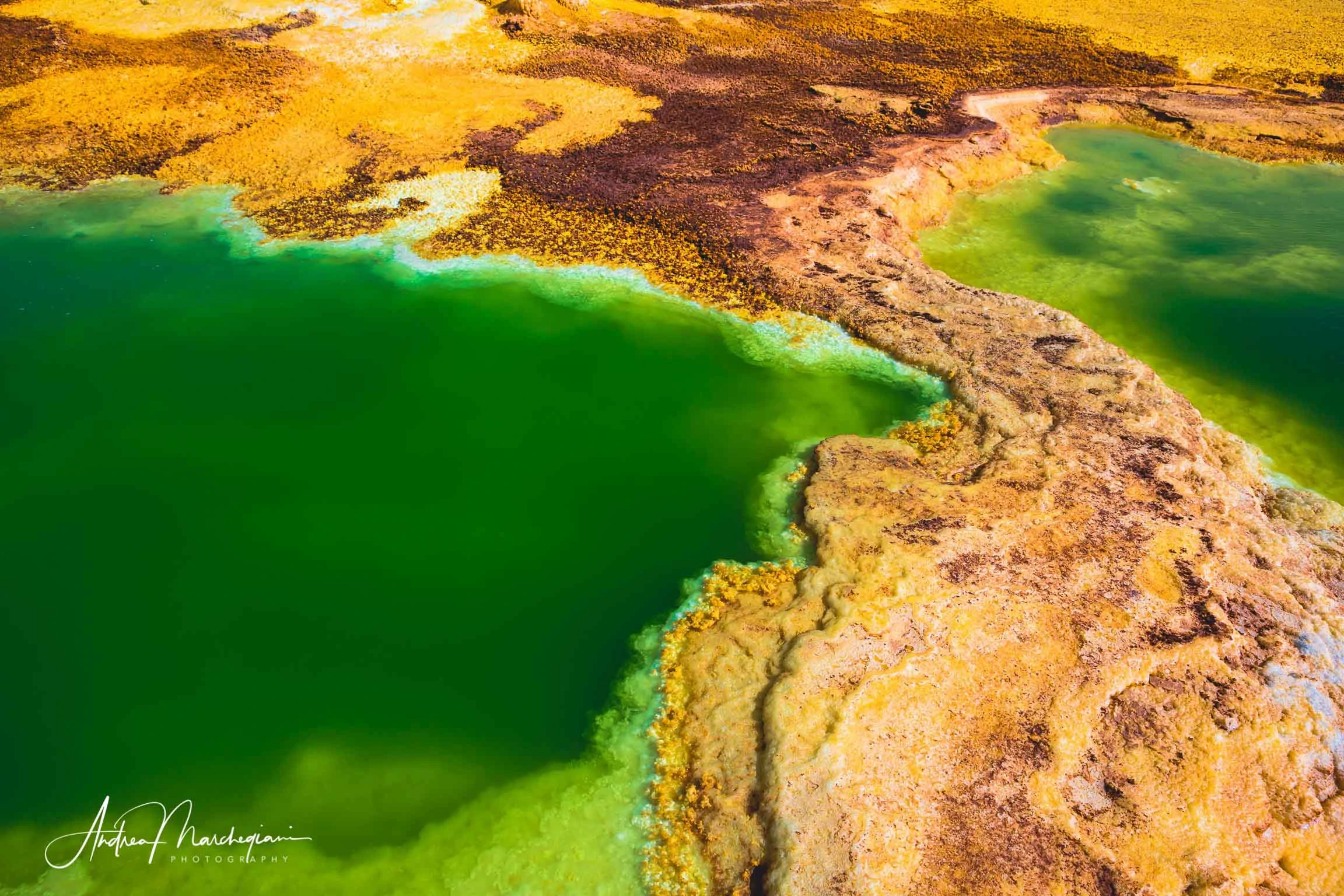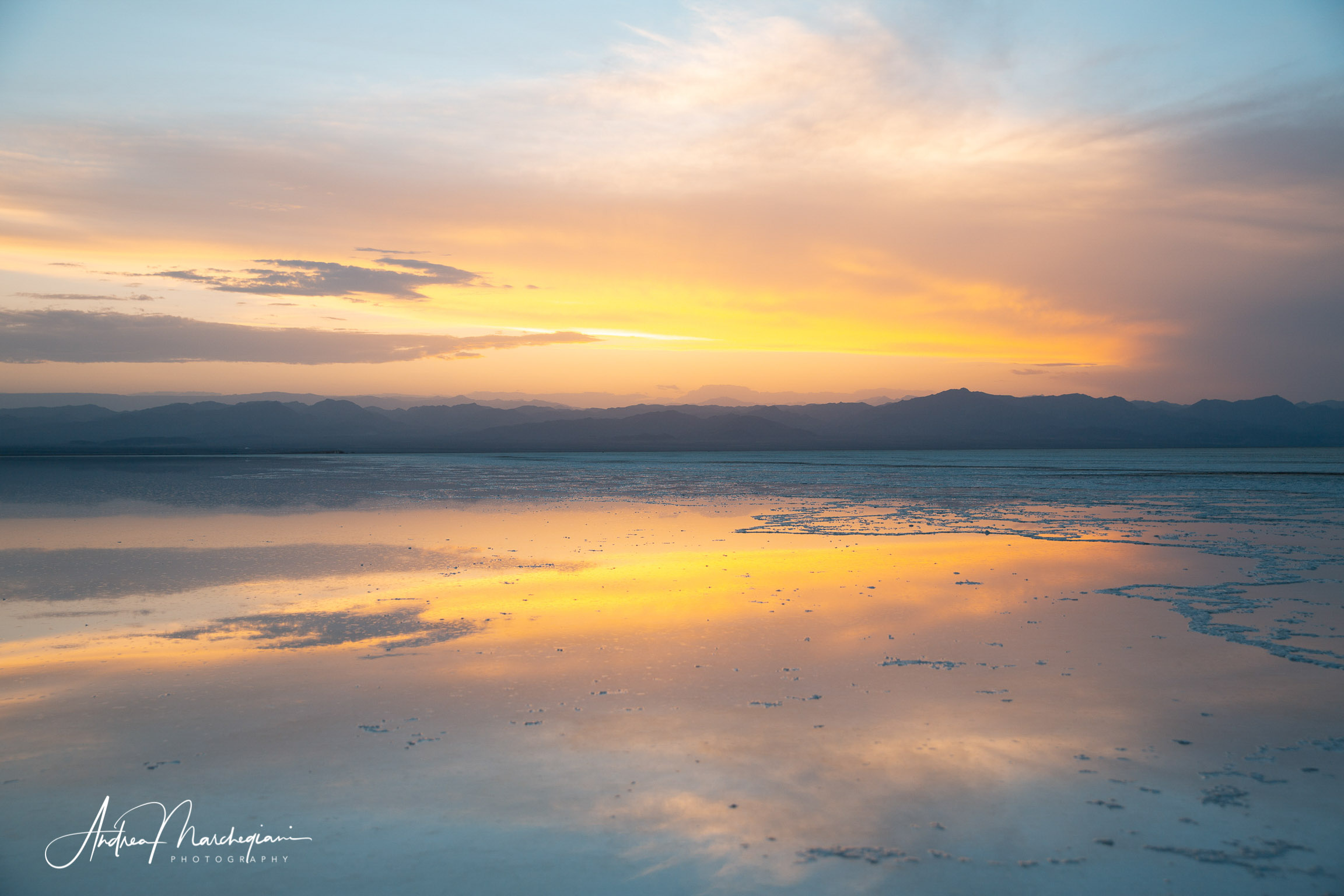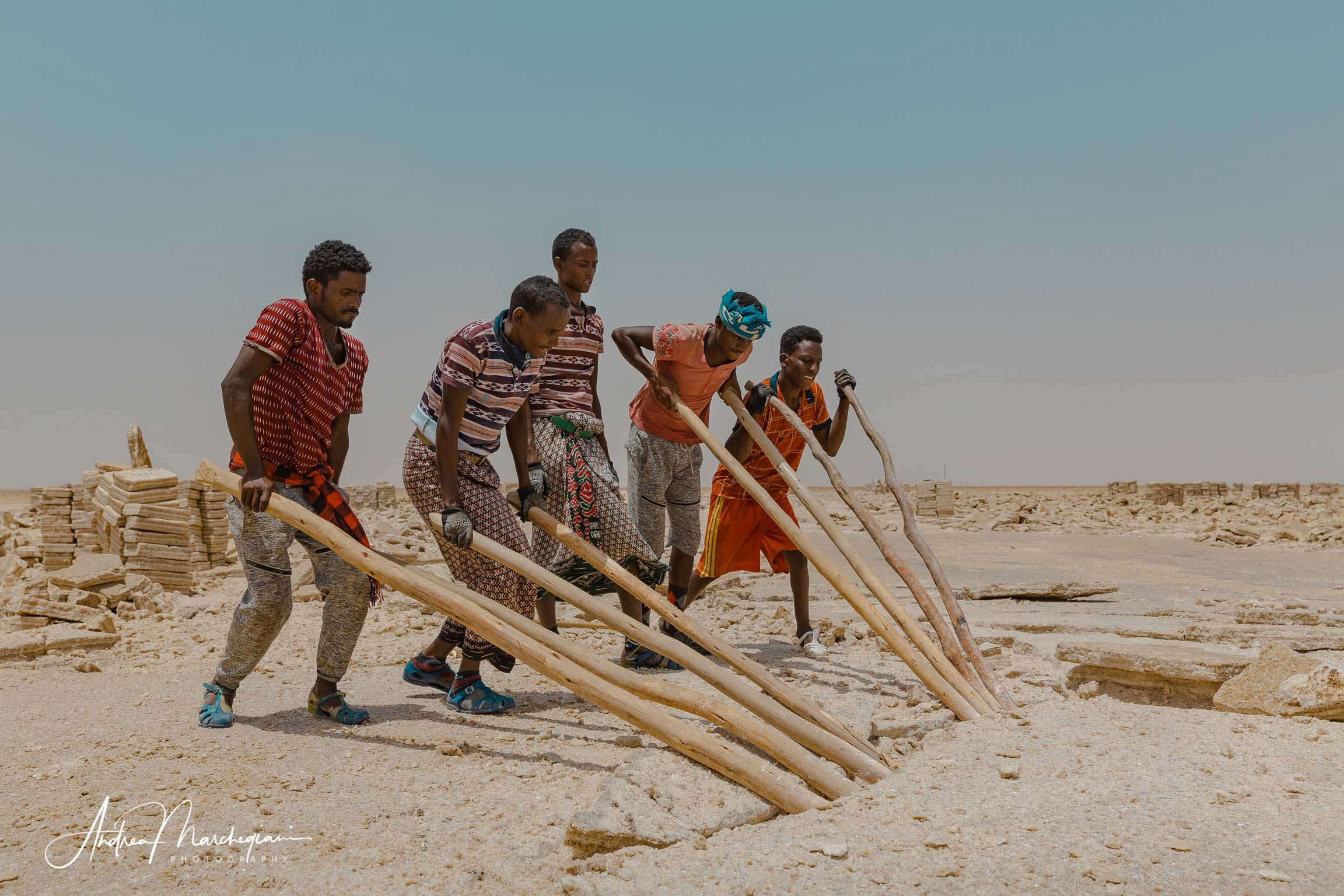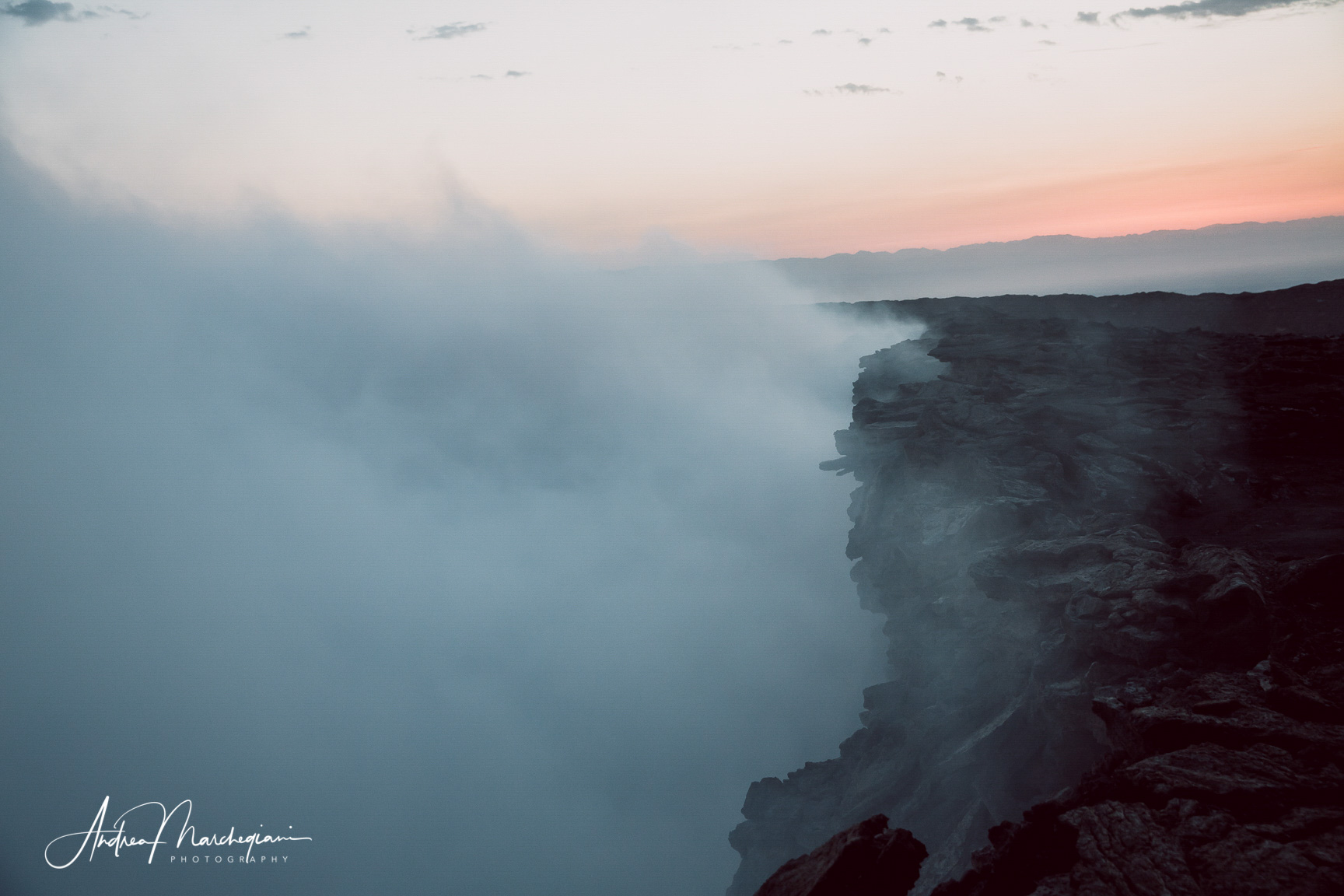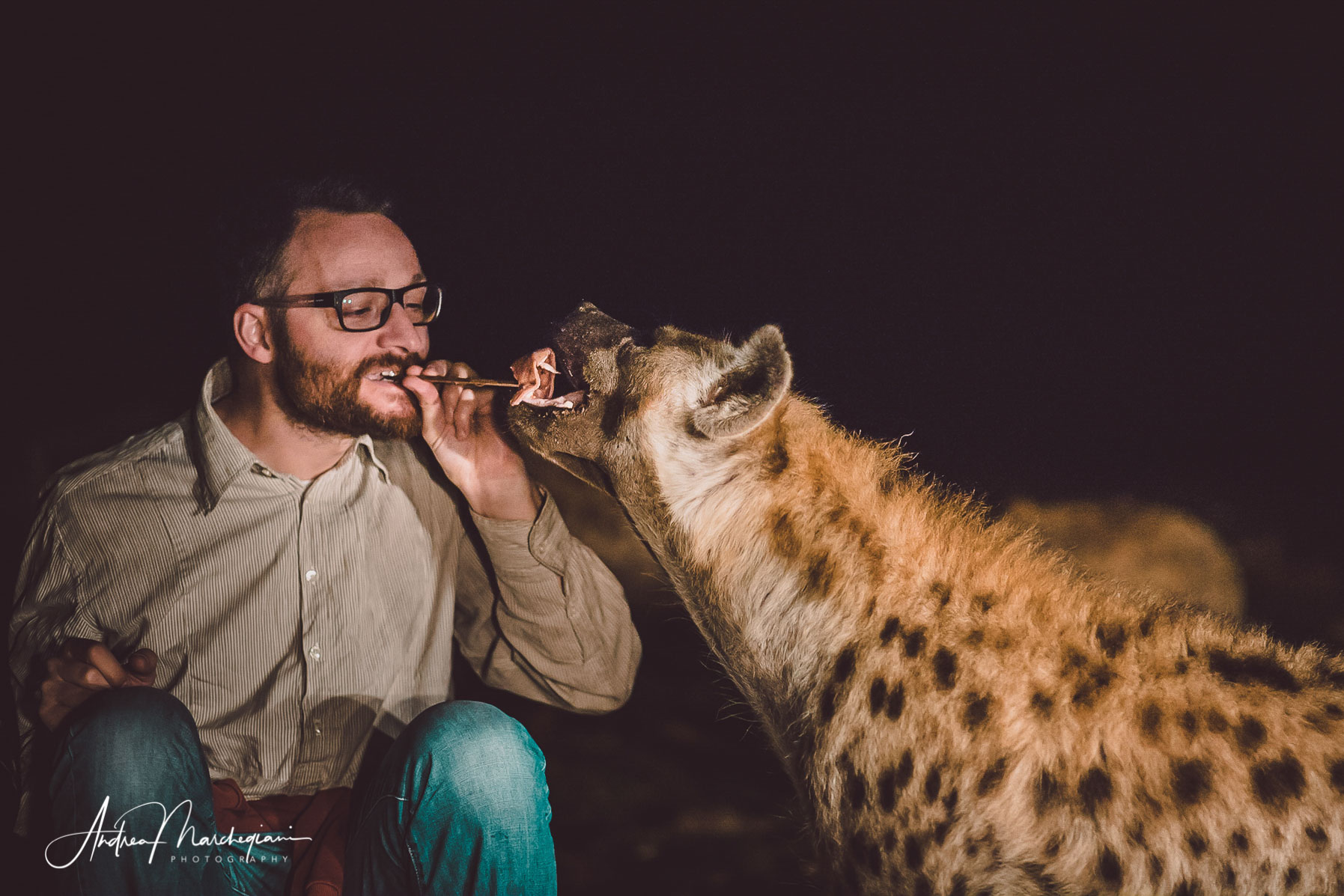
- Home
- Photo Galleries
- Portrait Photography
- Landscape Photography
- Street Photography
- China
- Ethiopia
- India
- Holy Ganges
- Varanasi
- Varanasi Ganga Aarti
- Varanasi, Manikarnika Ghat
- Varanasi Streets & Alleys
- Varanasi Demolition
- Varanasi Fruit Market
- Sarnath
- Brick Kilns
- Tamil Nadu, Chennai & Mamallapuram
- Tamil Nadu, Fort Tirumayam & Madurai
- Tamil Nadu, Tiruvannamalai & Thanjavur
- Kerala, Munnar
- Kerala, Peryiar
- Kerala, Backwaters
- Kerala, Kochi
- Kazakhstan
- Myanmar
- Senegal
- Uzbekistan
- Travel Blog
- China
- Ethiopia
- India
- Tamil Nadu & Kerala
- Varanasi
- Whato to do in Varanasi
- Varanasi Life along the Ghats
- Varanasi Death along the Ghats
- Varanasi Ganga Aarti Ceremony
- Varanasi demolished to honor Shiva
- Varanasi Fruit Market
- “Varanasi, A Journey into the Infinite”
- Sarnath
- All about River Ganges
- Holy Shit. All about Indian Cow Dung
- Clean India Project
- Brick factories
- Tilaka, pundra, bindi: what is the mark on Indian foreheads?
- Kazakhstan
- Mongolia
- Ulaanbaatar, the coldest capital in the world
- What to do in Ulaanbaatar
- Chinggis Khan Museum, 6 floors of Mongolian history
- Gorkhi-Terelj National Park and Bodgkhan Natural Reserve
- Altai Mountains, Things to do in Olgii and Sagsai
- Living with the Eagle Hunters
- Sagsai Eagle Festival
- Navrus Festival
- Xöömej, Mongolian throat singing
- Mongolian Food
- Myanmar
- Senegal
- Uzbekistan
- Latest Posts
- Photography Blog
- About
- Prints
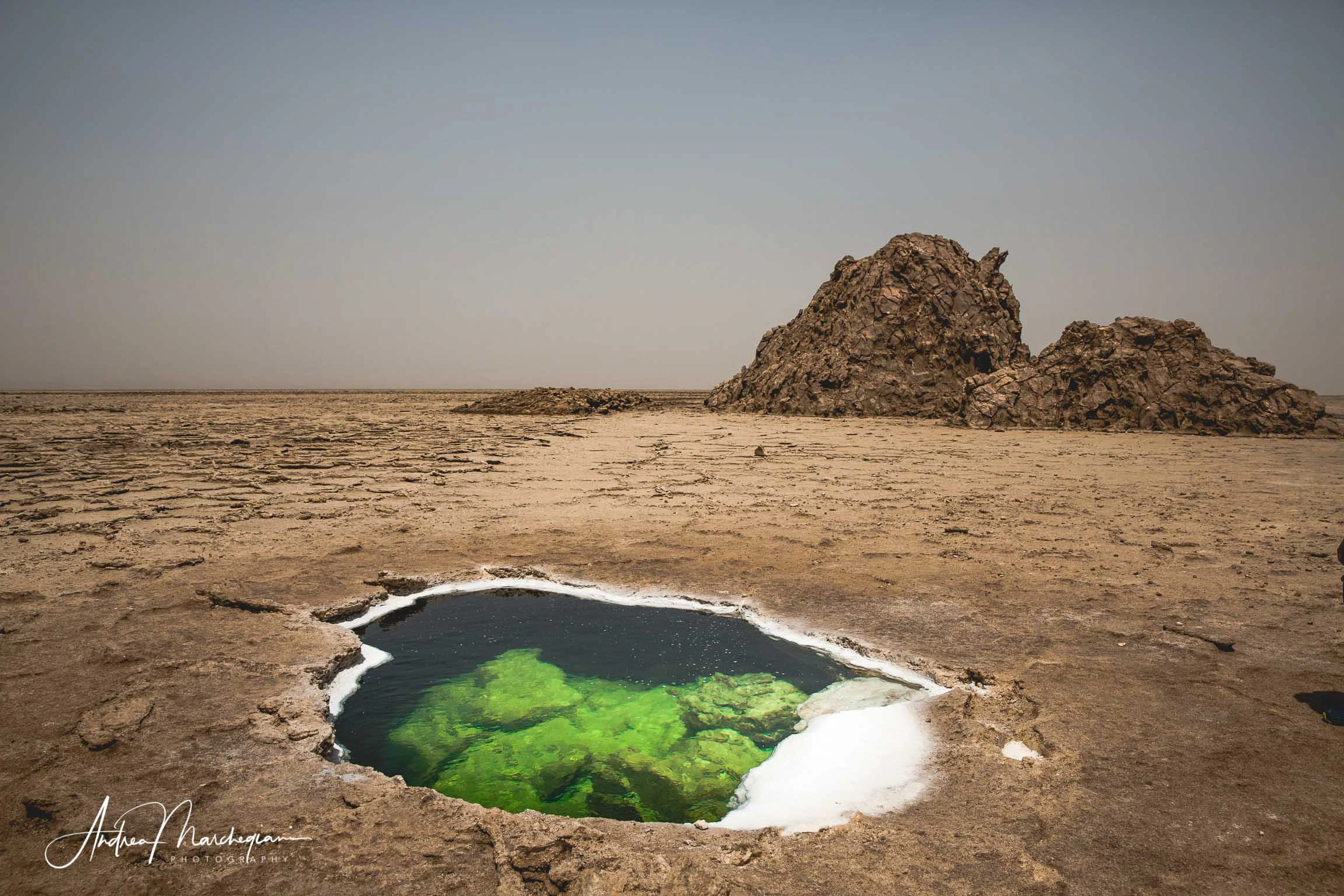
Share with your friends:
Where is Danakil?
Danakil is a region located in the northeastern part of Ethiopia, bordering Eritrea and Djibouti.
It is in the area of the so-called Horn of Africa, which takes its name from the characteristic shape of a promontory extending towards the Red Sea and the Indian Ocean.
Danakil covers an area of about 200,000 km² and is characterized by an extremely arid and warm climate, with summer temperatures exceeding 50 ºF. It is one of the hottest and most inhospitable places on the planet, but it can also give unique experiences to those who have the courage to cross it.
The ancient crater of Dallol, with its poisonous and psychedelic concretions, offers dreamlike and hallucinatory visions; the salt road along the Saba Canyon, where the mythical Asso Bole village is, is a leap back in time; the incredible reflections of Lake Assale at sunset empty the mind as the most powerful meditation.
The Danakil desert, drawn in rhombuses and hexagons, has been an ocean in distant geological ages: today, all that remains of it are vast expanses of salt, which Ahmed Ela’s miners split into lumps under the scorching sun before transporting to the nearest village on the back of the dromedaries.
The north of Ethiopia is then punctuated by monolithic churches, such as Wukro and the inaccessible Abuna Yemata Guh, surrounded by breathtaking views of the Tigray region.
Moving south, you come across Harar, the forbidden city that bewitched poet Rimbaud with its fascinating traditions, such as the hyena mouth-feeding and Babile dromedary market. A thousand and one night experience!
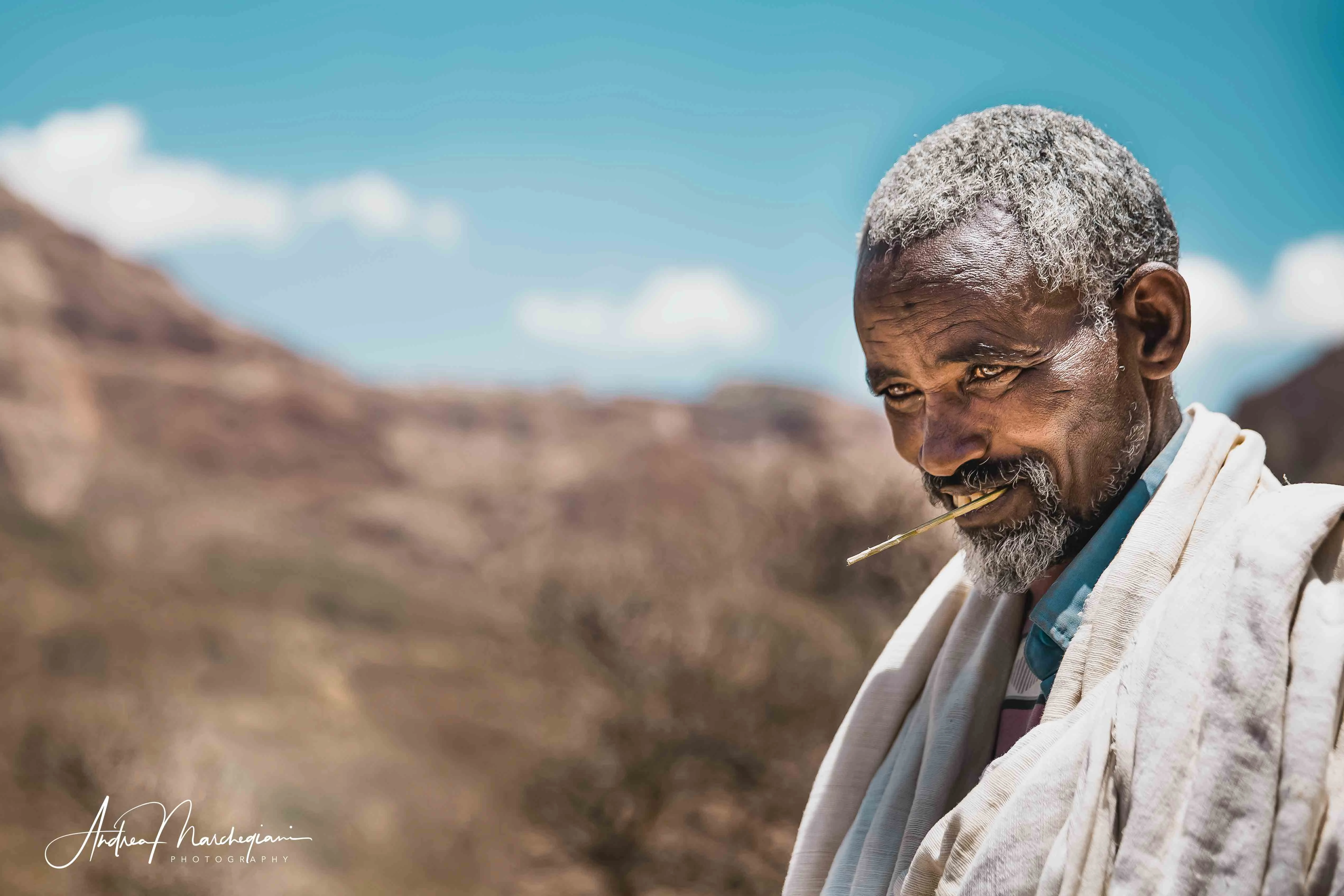
Is Danakil the right destination for me?
No one leaves for Danakil lightly. The Ethiopian depression, where the African continent reaches its lowest point, can frighten the most adventurous travelers.
We’re talking about one of the hottest places on the planet. With its extreme temperatures and scarcity of basic tourist facilities, Danakil is one of the most inhospitable places in the world.
You will sleep in the moonlight on a rack on the side of the road or near small oases; for days you will not have water to wash or satellite signal; you will have to count the number of water bottles you need, you will eat heated canned food on field stove and you will drive jeeps on such uneven terrain it’ll make you sick. And if you visit Danakil in the spring, temperatures will be so high you will get heat and fainting.
In short, if hell is a place on earth, it certainly is Danakil.
Then why go to Danakil?
Danakil is not only unique for its extreme heat.
Its Martian landscapes, prehistoric volcanoes, dreamlike and colorful scenarios will blow you away.
Come to Danakil to experience how to live at the borders of the world and civilization and to get in touch with the Tigrinya and Afar populations, whose tenacity and resilience know no limits… Last but not leat, come here if you want to find out who you really are outside our comfort zone.
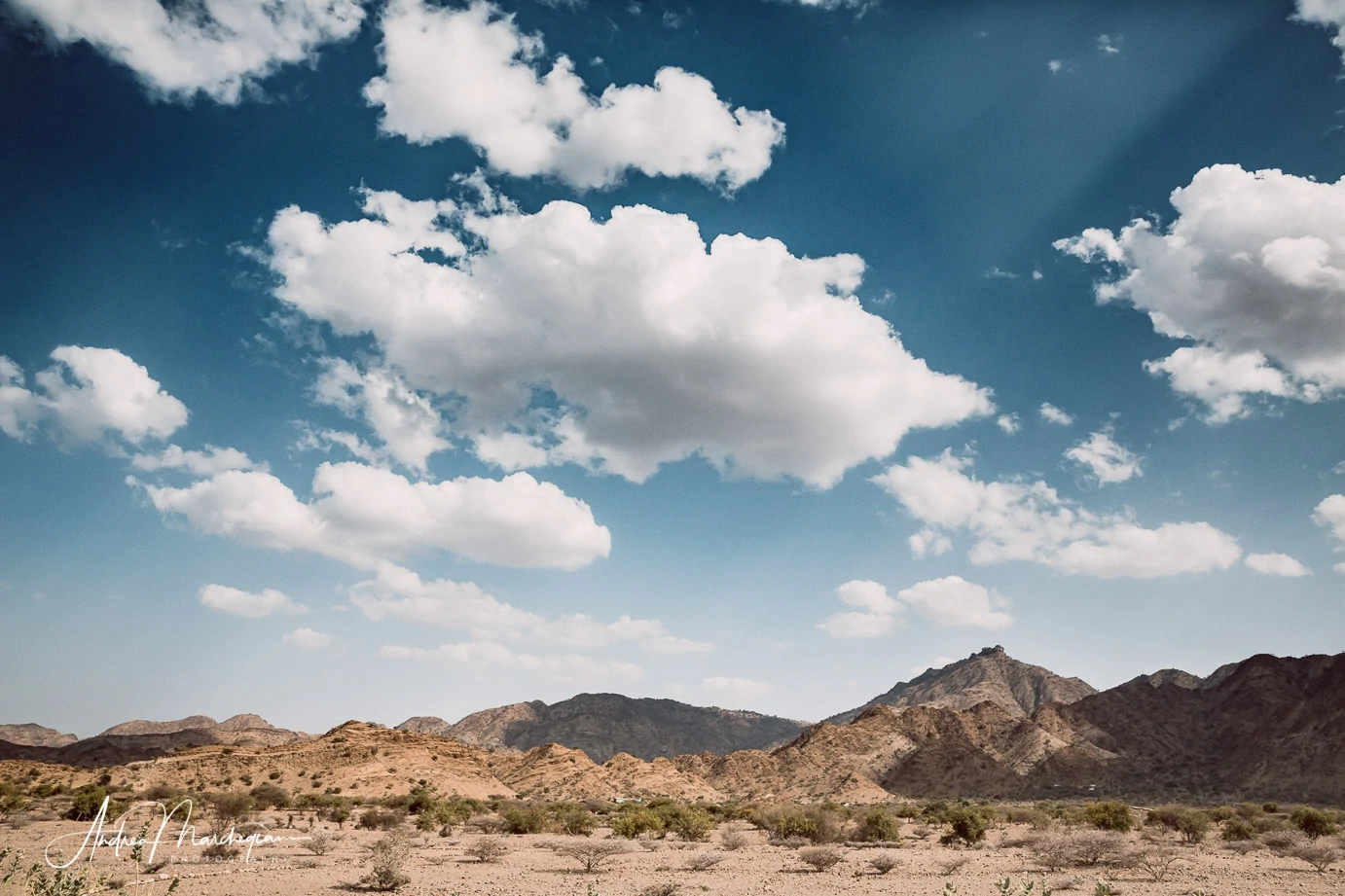
Best time to visit Danakil Depression
The first thing to consider carefully is when to go. Strictly not in the summer. The heat reaches 50 degrees and you will experience dehydration and heatstroke.
It is also not recommended to leave in springtime: I visited the region the first week of April, with the last avalaible tour before the tourist closure, and I met full summer temperatures, with 50 degrees by day and 30 at night. It was a trying experience and on several occasions I thought I couldn’t do it!
Winter is therefore, without a doubt, the best time to visit Danakil: in depressed areas temperatures are warm but not torrid, around 30 degrees. Keep in mind that winters can also be very cold in the rest of Ethiopia, especially on the highlands, so bring with you both summer and winter clothing.
Is it safe to visit Danakil depression?
The socio-political situation in Ethiopia is tumultuous, due to continuous territorial claims and tensions between the tribes and the central government: once a civil war is over, another one is unleashed.
It is also difficult to get a clear picture of what’s going on because of the scarcity and reliability of information arriving abroad.
It is therefore advisable to choose a trust-worthy tour operator who constantly keeps in touch with local guides and who can provide you with the right reassurances.
When I left in 2019, there were still conflicts going on along the border with Eritrea and we were assigned armed escorts to protect us from attacks.
It is essential in any case not to wander alone and remain in the perimeters that the guides consider safe.
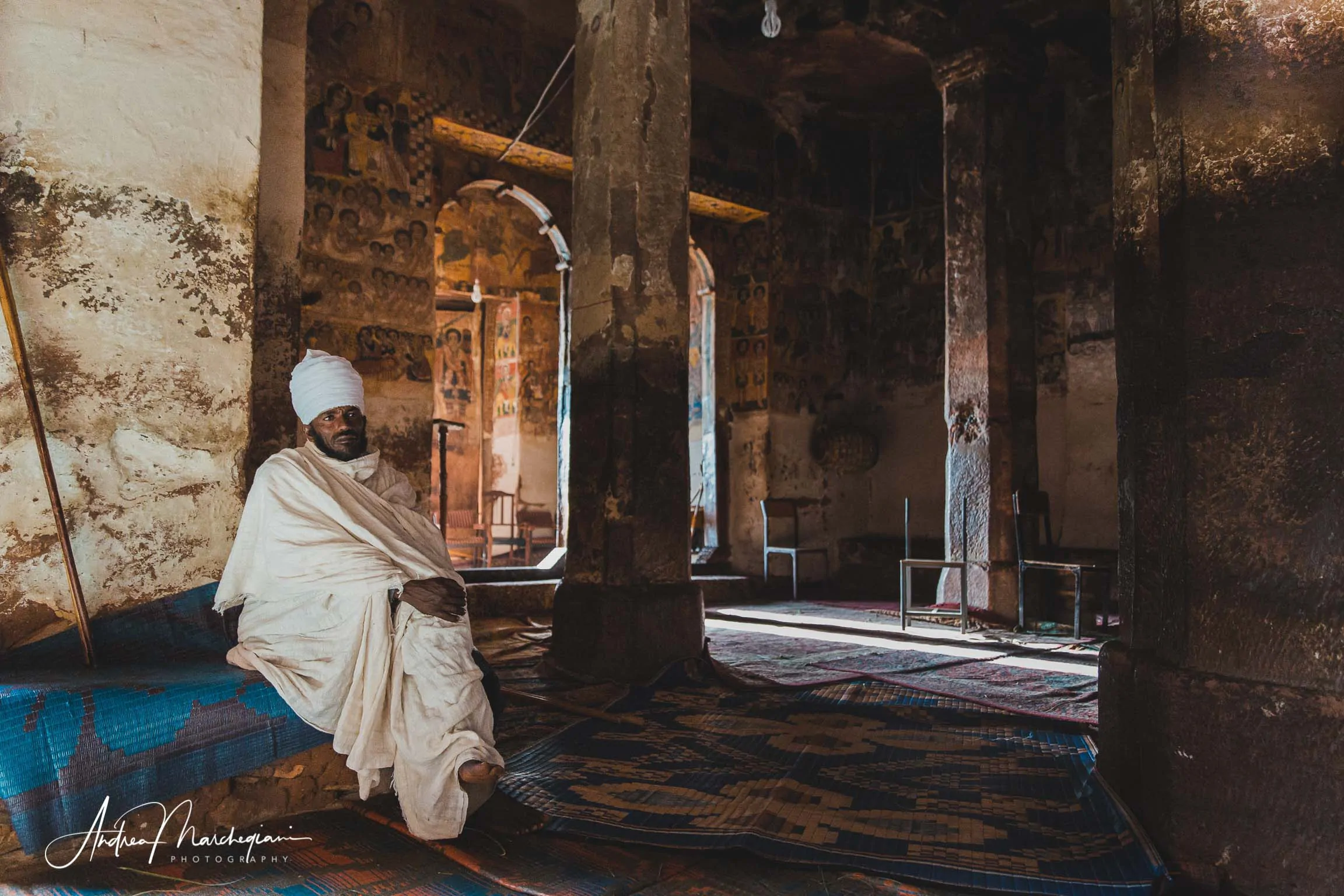
Places worth visiting in Danakil Depression
1. Wukro's monolithic churches
Once landed in Addis Ababa, take another flight to Makale, the capital of Tigray. It was here that Italy invaded Ethiopia in 1895. And also here, in 1998, war broke out with Eritrea, which claimed the village of Badammè. The majority of the population is Tigrinya and the most widespread religion is Orthodox Christianity.
A great way to start your exploration is to spend a day visiting the monolithic churches scattered in the region’s terraced highlands.
Start with the church of Abreha we Atsbeha, less known than the ones in Lalibela, but equally fascinating. Located a few kilometers from Wukro, at an altitude of 2200 m, the church overlooks a small plateau with an enchanting view.
Built in the 10th century, it is named after the two kings who introduced Ethiopia to Christianity. The building is semi-monolithic: partially excavated in the rock, partially built in masonry.
Inside, the church is entirely painted with scenes representing the history of Christianity in Ethiopia. The priest who will welcome you is very charming!
2. Abuna Yemata Guh, the most dangerous church in the world
If you are brave enough and have climbing skills, you can not miss the Abuna Yemata Guh church, often compared to the Sistine Chapel.
Called the most dangerous church in the world, Abuna Yemata Guh is perched on the top of a rocky massif and requires an hour of vertical climbing, without the help of ropes and no safety systems. The view from the church is unparalleled, as are the frescoes inside.
Be careful though: the guides who offer to accompany you in exchange for a tip minimize the dangers of the route, literally putting tourists’ lives at risk.
I did not have the courage to continue beyond the first stretch and, like me, almost all of the people I was traveling with. Not having first-hand photos, I link a video showing the wonders of the site and the difficulties of the path to reach it.
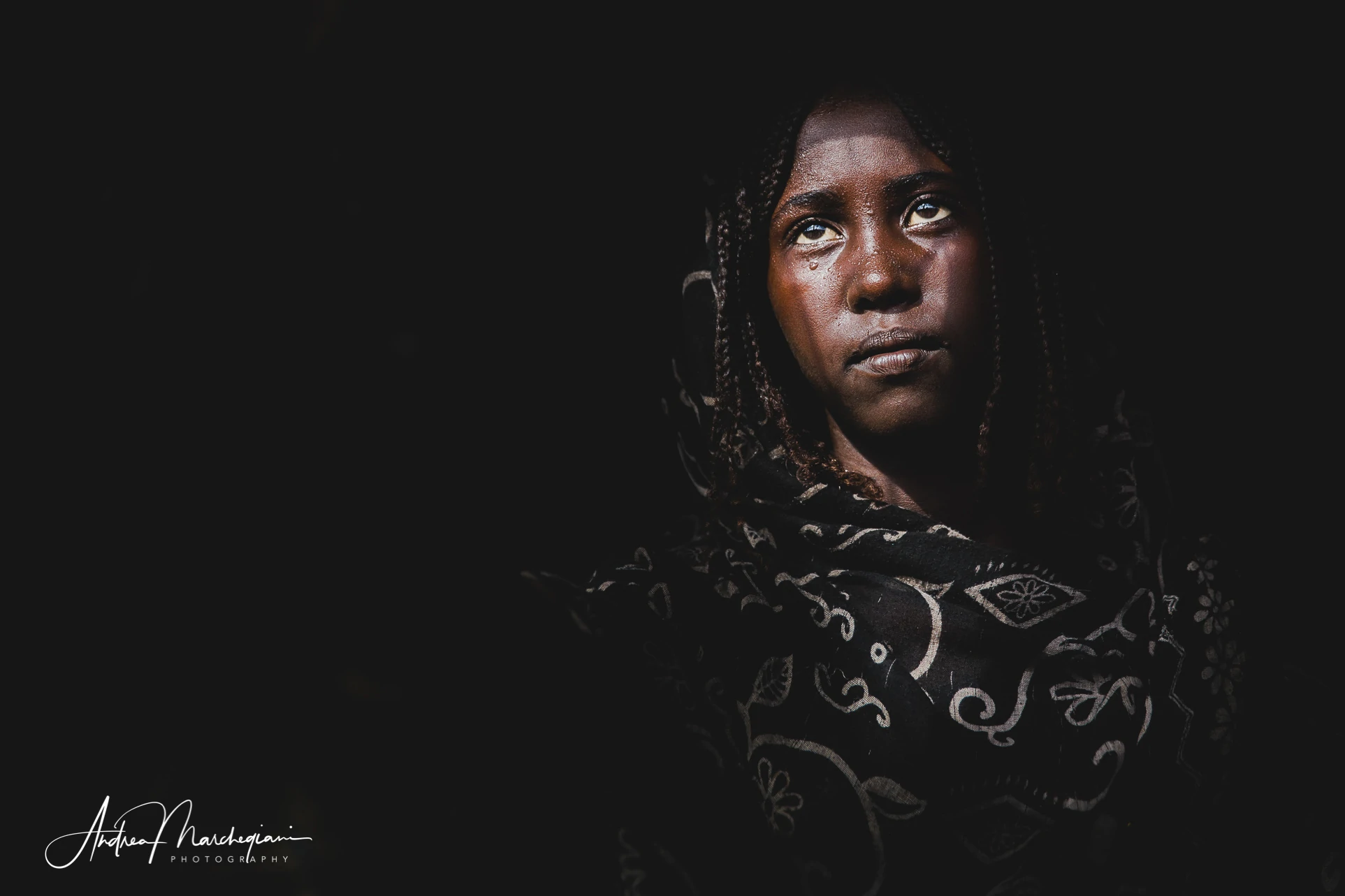
3. Canyon Saba and Asso Bohle
Continue to Asso Bole, an Afar village in the heart of Danakil depression, and spend the night in the moonlight protected by the palms of a small oasis.
Here the caravans headed to the salt pans stop before climbing up the Saba Canyon. We are inside one of the oldest pages in human history: here, in fact, the remains of the oldest biped with an upright gait were found. She was a woman, Lucy, and she lived about 3 million years ago. Her remains are at the National Museum of Ethiopia in Addis Ababa.
In the morning, you can retrace a stretch of the Canyon carved by the Saba River, and climb the plateau following the ancient salt road. You will meet camel caravans led by locals carrying salt slabs. You may have to cross small streams, so bring your rock shoes. Along the canyon there is always water, even if it is reduced to a thread in the summer months: men and dromedaries use it for drinking, filling the goat skin, and washing. Many spend the night sheltered by the canyon walls.
Unfortunately I could not enjoy this experience: just before entering the canyon, we heard a deaf and prolonged noise warning us about an upcoming flash flood caused by a downpour which fell the night before upstream. If we had anticipated our trek, we would probably have died like those unlucky tourists visiting Petra in 2018.
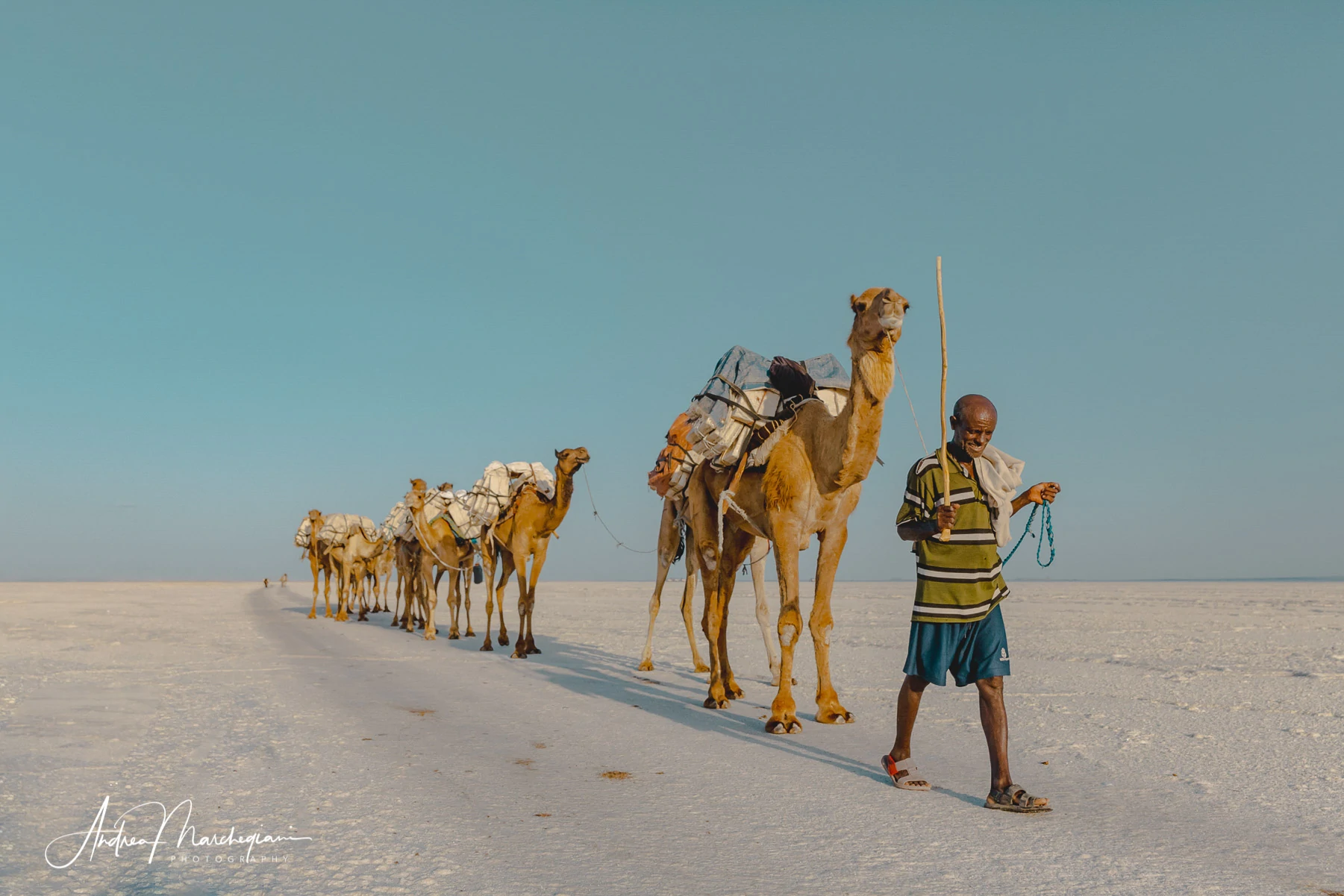
4. The Salt Flats in Ahmed Ela
Dancalia was once covered by the Red Sea. When the water receded, it left a layer of salt as deep as 800 meters. Everywhere you look, you see salt.
In Ahmed Ela’s salt flats, the population works all day to break it into lumps and transport it to the village to resell it.
Watching the salt extraction was one of the most engaging experiences I’ve ever had.
In the evening, returning to the village, camel caravans parade through the desert, loaded with salt bricks to be sold in all markets of Ethiopia.
It is getting more and more difficult to witness this extraordinary tradition lately, as camels are being replaced with trucks, which are definitely much larger and faster.
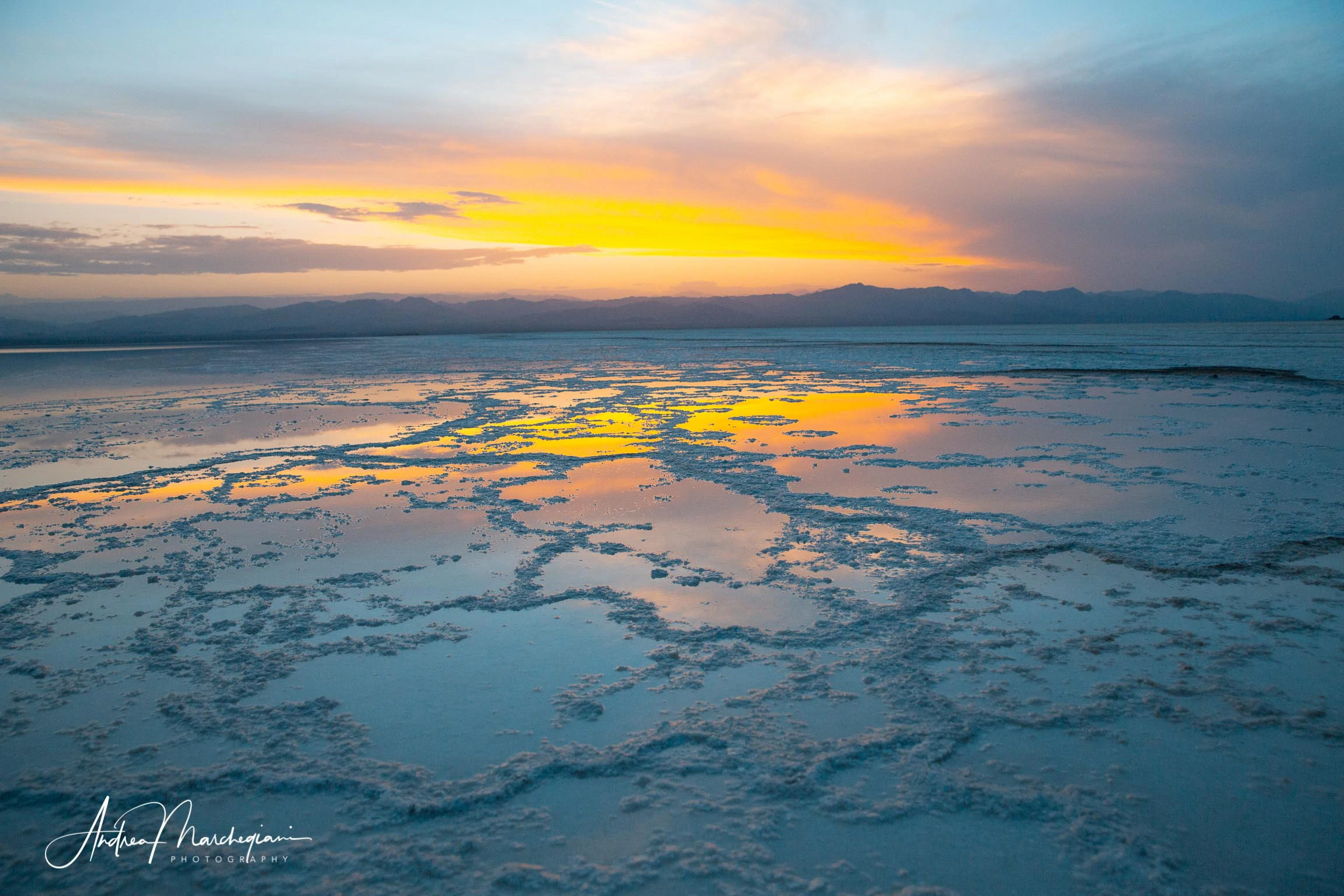
5. Lake Assale
Not far from Ahmed Ela, surrounded by the salt plain, Lake Assale offers beautiful sunsets, especially when the sky reflects in the few centimeters of the lake’s salty water.
Also known as Karum Lake, it is located 120 m below sea level. Wait for the sun to disappear beyond the highlands and you will see the sky and the lake tinged with violet.
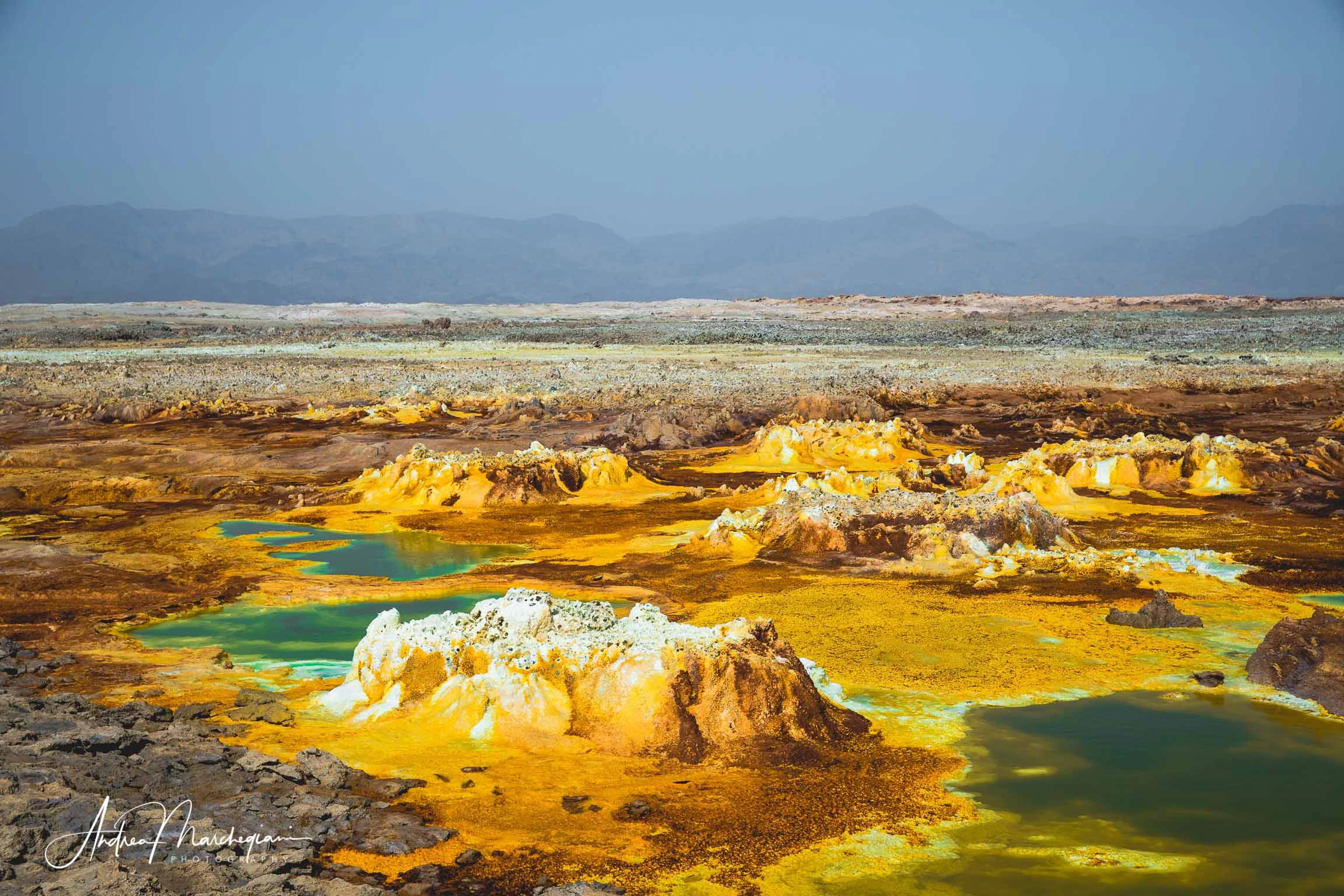
6. Dallol
An ancient volcanic crater, Dallol is the most suggestive place in Danakil. Located in the rift valley where the Arab and African plates move away, Dallol will surprise you with its hot and acidic springs, sulfur mountains, small geysers, crystalline pools and bright colored concretions.
“Dallol” means dissolved: in fact, this scenario resembling Dante’s Inferno descriptions slides and changes shape every year.
Be careful to stay on the marked paths, because you could put your foot on unstable clods and fall into the acid pools.
The guides will carry copper coins darkened by time, they will dip them in the pools to extract them bright and shiny, like new. A warning: Sulfuric acid does not have the same rejuvenating effect on human skin!
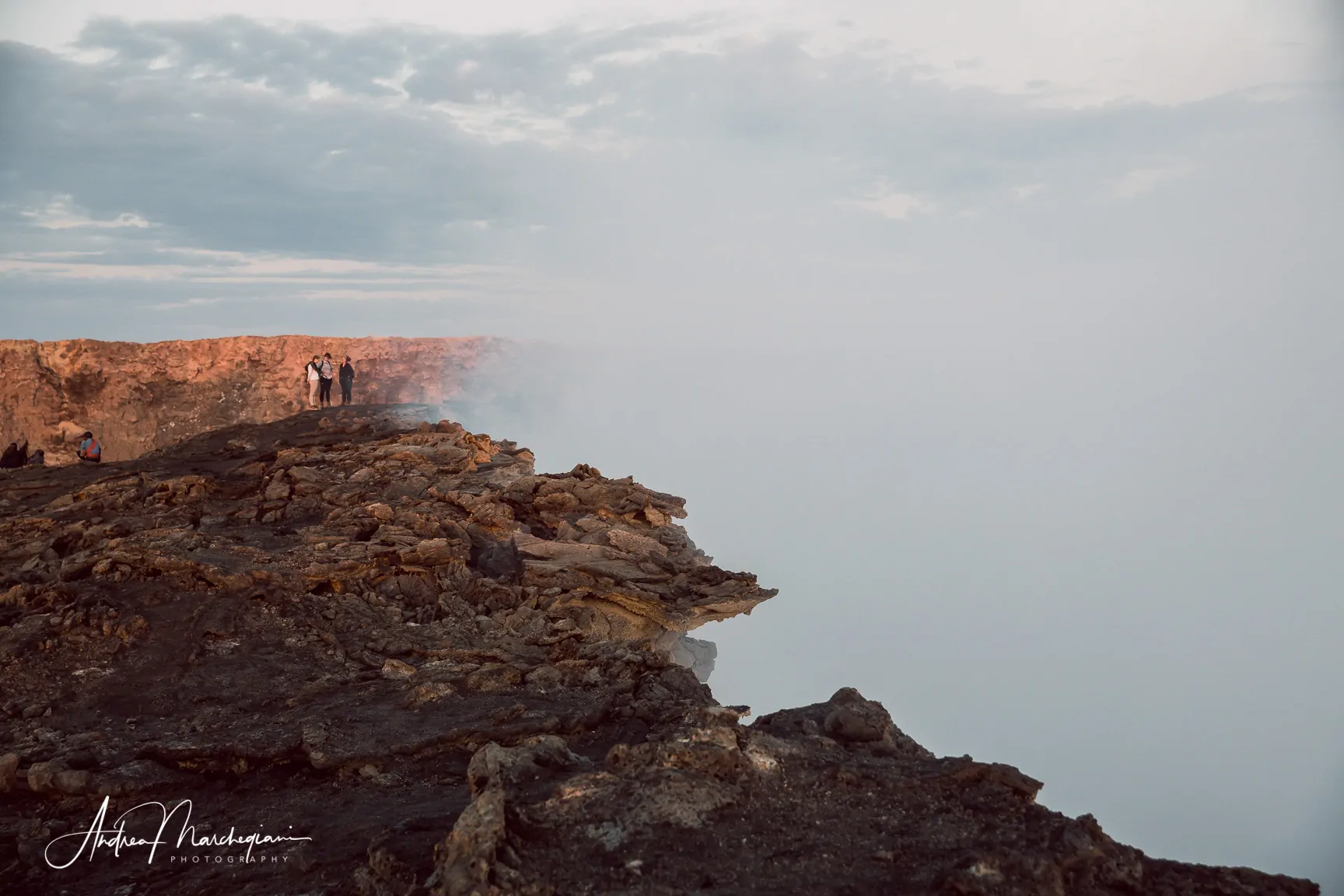
7. Erta Ale Volcano
Known as the Gate of Hell, Erta Ale is one of the most active volcanoes in Africa. Located between 3 tectonic plates moving away from each other, it is one of the few in the world to have a brazier with lava boiling in the open sky.
When the volcano doesn’t smoke, the spectacle is truly unparalleled. You can walk along the vent of the crater, while the glassy lava creaks under your feet. It is like walking on brittle and crunchy egg shells. However, be careful not to breathe toxic fumes and not to stick out too much.
During the climb, the difference in altitude to be filled is only 500 meters but you need a 4 or 5-hour trek, which can be done on foot or camel back. It is essential to have a local guide who knows the safest path to take.
Trek starts in the late afternoon, when the sun sets and you get to the top late at night. Admiring the glowing lava that lights up the night is a sight you will not forget.
You then stay at the base camp for the night and sleep in a sleeping bag, sheltered by some stone hovels. Small mice will ask timidly to share a snack with them.
In the morning, before descending to the valley, the guide will take you back to the caldera, to admire the volcano at dawn. Do not linger too long, otherwise the descent will be more tiring as the sun rises.
8. Lake Afrera
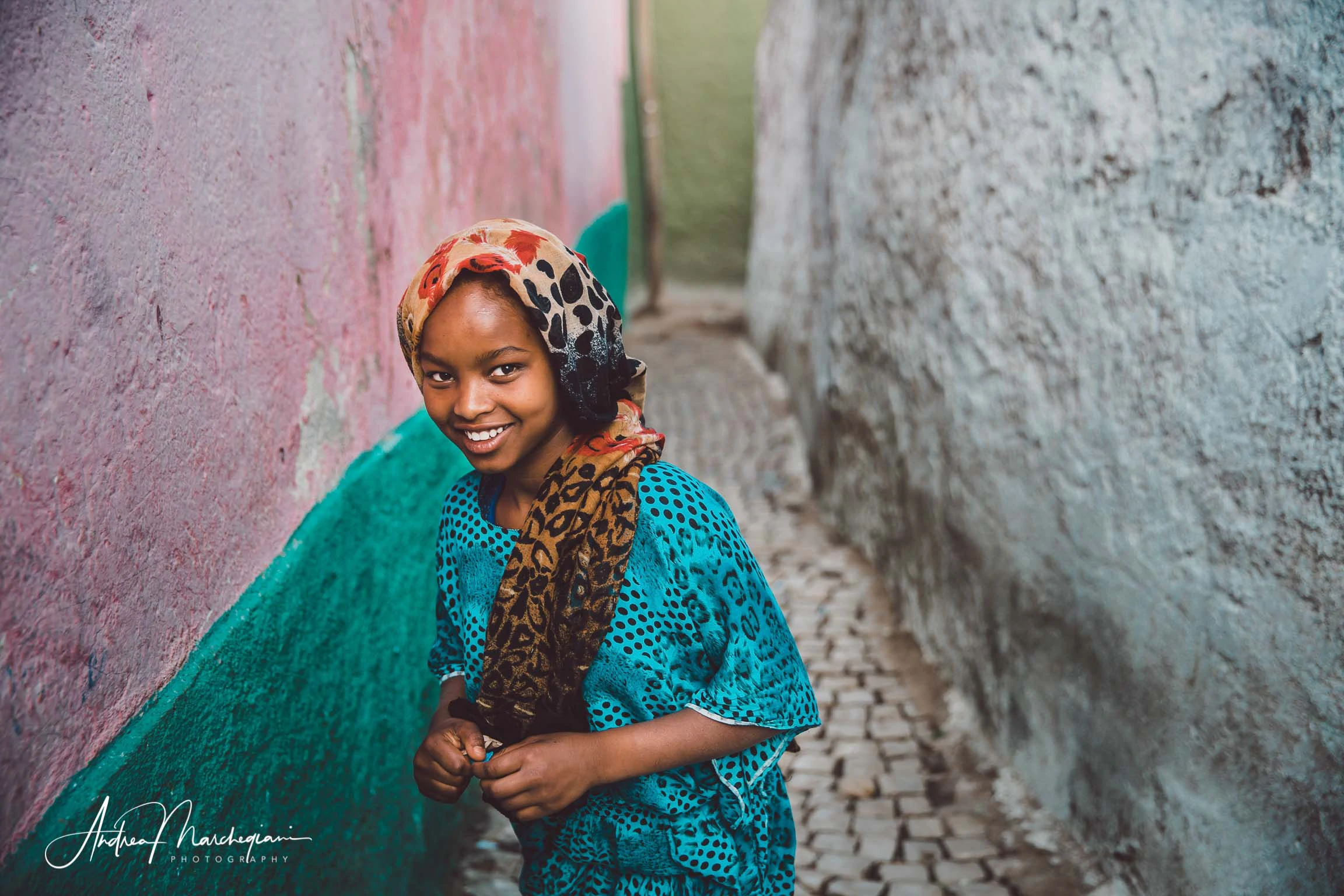
9. Harar
Harar is not in Danakil but in the Harari region. I highly recommend adding it as the final stop to your trip to Ethiopia, since you will probably take the return flight from Addis Ababa and Harar is “only” 500 km from the capital.
Harar is also known as the “Forbidden City”: in fact, non-Muslims were not allowed inside its walls until 1885.
Harar is the fourth holy city in importance in the Muslim world: located in a strategic position which made it a crossroads of trade since ancient times, today it has 250,000 inhabitants. With its 82 mosques, six gateways and colourful and labyrinthine alleys, it is reminiscent of the Moroccan cities of Fes or Marrakesh and is a UNESCO World Heritage Site.
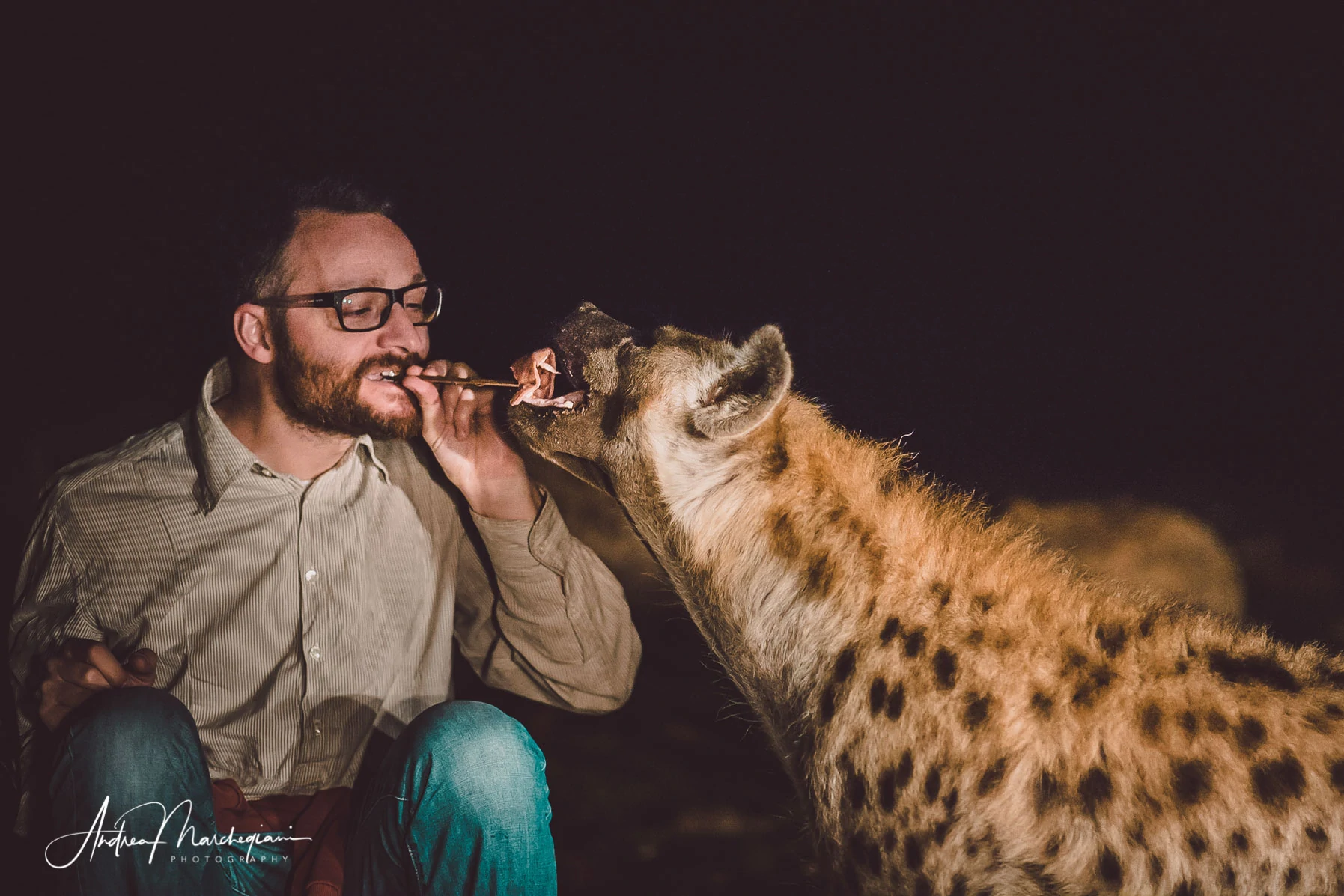
Renowned also for coffee production, Harar is the place where poet Rimbaud chose to spend the last years of his life. You can visit his house, now turned into a museum.
The city is also famous for a peculiar tradition. At night, a man goes outside the city walls to feed hyenas directly from his mouth. This way, he keeps alive a historical friendship which has sheltered the citizens and their livestock from being attacked. Recently this activity has also opened to tourists and I guarantee it will leave you amazed.
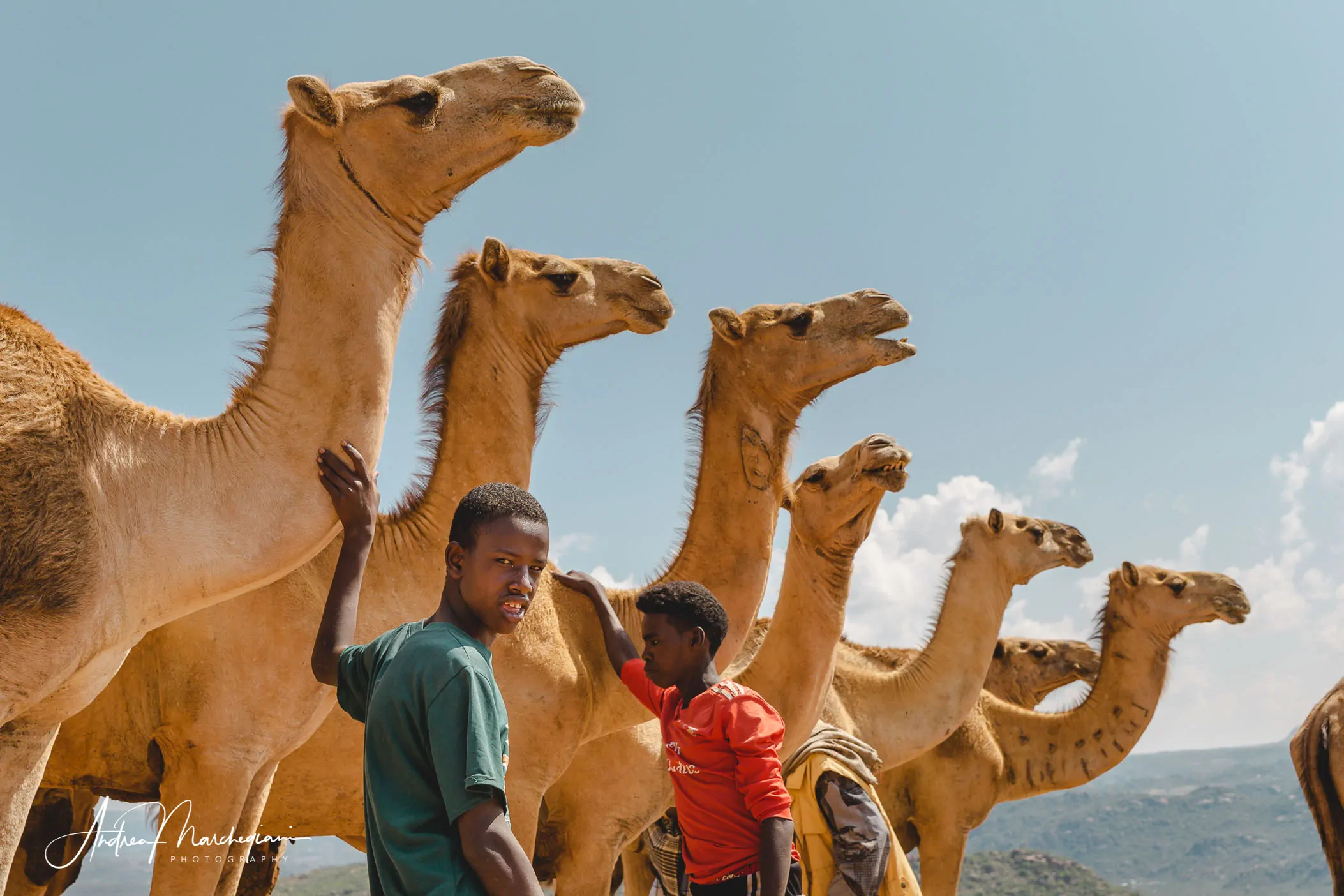
10. Babile Camel Market
Babile camel market takes place near the thousand-year-old city of Harar. You can reach Babile by a paved Roman road, a remnant of Mussolini’s colonial enterprise.
The huts contrast with the cobblestones, making the atmosphere captivating and decadent.
To get to the market, you must go through the village and it is like entering inside the houses and spying on people’s private lives, since they carry out all those activities we usually make inside our homes.
Children will start following you to play, filling your heart and ears with their laughters.
On the other hand, the atmosphere is very serious once you access the camel market. Be careful to photograph the cattle and the shepherds, as you may find yourself in unpleasant discussions. If you take unwanted photos, apologize and erase them from you camera card.
Negotiations take place in tents, away from prying eyes. The sale is sealed by a handshake, so if a shepherd points at you a camel or a cow and then gives you his hand, do not shake it or he will want to give you the animal and be paid!
Useful information for your trip to Danakil
Timezone
Ethiopia is two hours ahead of Italy. + 3 hours ahead of Greenwich Meridian.
Language and society
Ethiopia has a population of over 100 million, divided into over 80 tribes, each speaking a different language.
Danakil is inhabited mostly by the Afar people, who are mostly nomads and warriors, but there are also communities of other ethnicities such as Tigray people.
English is the most widely spoken foreign language and also has an official function, since it is used in high schools and universities.
Religion
Several religions coexist in Ethiopia. The majority of Ethiopians are Orthodox Christians, but a good percentage, over 30%, is Muslim, and about 20% of the population is Protestant. Among minority faiths are reported Jewish and animist communities.
Passaport and Tourist Visa
To enter Ethiopia you need a passport with at least 6 months validity and the application for a tourist visa, costing about $50, which is valid for 30 days.
Local currency, Cash and ATM
The official currency in Ethiopia is the Ethiopian Birr (ETB). After the recent civil wars, the currency underwent a sharp devaluation and currently 1 euro corresponds to about 56 ETBs.
Apart from Addis Ababa it is difficult to find ATMs, which still have very high commissions. You can change dollars and euros everywhere.
Wifi and Telephone
Internet connection in Ethiopia is still unreliable, even in hotels where it rarely works well. In Danakil, there is no network coverage.
In order to guarantee phone calls in case of need, it is advisable to buy a local card upon arrival at the airport, which will be in 3G. The SIM card is rechargeable at Ethiotel stores, found in almost every village.
What to wear in Danakil
Layering is always good advice.
If you leave in winter, expect mild days and cool evenings, so it is good to bring some sweatshirts with you.
In spring, when the heat is hellish, it is important to cover yourself from the sun, so bring with you linen shirts, wide trousers, hats and sunglasses. It is essential to remember sunscreen.
How to get around in Danakil
It is essential to rely on a driver with an off-road jeep to move in Danakil. The roads in Ethiopia are generally in good condition but you often face dirt paths, some of them extremely rocky and lacking directions.
In addition, it is absolutely not recommended to go around the country without the presence of a local guide who can handle the unexpected or indicate in which villages to stop and in which not.
Power and electricity
Voltage is 220V and electric frequency 50hz. You can find different types of sockets depending on the regions you visit, so it is advisable to bring a universal adapter.
Taking pictures of people in Danakil
Given the tribal nature of Ethiopian society, you may find yourself photographing in very different conditions depending on where you are.
Some tribes, for example, are very jealous if you photograph their cattle (I happened to be almost beaten for doing it in Babile); others believe that a photograph can steal their soul, so they go away and grind their teeth if they see you holding a camera.
Elsewhere people and children are so happy to be portrayed they will invite you to do so themselves, as long as you show them a preview from your camera or mobile phone.
My advice is therefore to be careful while taking photographs. Be cautious and perceptive of the environment you are in.
If you take a photo of a person who doesn’t want you to, apologize, delete the photo and store your equipment immediately.
Ethiopian Food
Local restaurants offer simple but tasty dishes to eat with your hands. Make sure you clean them before you sit down.
On several occasions, your meals will be cooked on site with a camping stove. You can consider it safe to eat any cooked dish, but beware of fresh vegetables.
Anything that is washed with tap water and not thoroughly dried is a potential danger for the European traveller.
Be careful that dishes, glasses and cutlery are dry. If in doubt, take a towel and finish drying them yourself. If you have a mild stomach, brush your teeth with bottled water and keep your mouth shut while showering!
Health precautions
Apply the same general precautions you would take in any trip, bearing in mind you may find yourself very far from health facilities to manage emergencies.
Bring a first aid bag containing gauze and hydrogen peroxide, antipyretics, antihistamines and broad-spectrum antibiotics for intestinal, urinary and respiratory infections. Do not forget antidiarrheal and intestinal transit regulators.
Rely on your GP to choose what to put in your bag. Consider a good health insurance before leaving.



